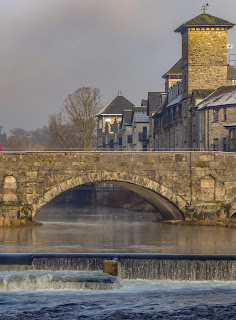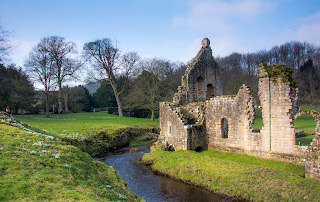The route into Switzerland from the Chamonix Valley goes over the Col De Balme. We walked from Argentier, up the valley to the village of La Tour and from there, up to the col. It is the start of The Haute Route, a two week trek from Chamonix to Zermatt. So we set off with great anticipation of what the next two weeks would hold for us. At times it went to plan, other times it became more of an adventure than we expected, but a great walk all the same.
It is possible to get a cablecar from La Tour, but the walk is spectacular, as you climb up out of the valley, more and more of Mont Blanc and it's surrounding high mountains, comes into view. From the col it is quite possible (and sensible) to walk down to the village of Trient to stay for the night. However, we didn't do that, we walked further up the high Trient valley, very close to the Trient glacier. The aim was to find a place to cross the river flowing out of the glacier, crossing the valley much higher up and by avoiding going all the way down to Trient we could contour around to the Col De Forclaz. Well that was the plan. We never found a way across the raging torrent and added about eight miles of tough walking to our day, arriving at Col De Forclaz at about eight thirty. The fact that the hotel didn't have our reservation didn't help either, but after a meal and a few beers it didn't seem to matter anymore.

Looking back at La Tour as the path begins to rise out of the valley.
Down towards Chamonix and Mont Blanc.
There is a cafe at the Col De Balme, it sits on the border between France and Switzerland.
The first view down into Switzerland.
Trent can be seen in the bottom of the valley and the Col De Forclaz just above.
We took a detour to see the glacier de Trient.
In trying to avoid the walk up from Trient to Forclaz we ended up adding about eight miles to our day!
The next day we had one of the longest days on the route ahead of us, The Bovine Route, about twenty miles from Forclaz to Champed, a long contour and a gruelling downhill.

























































